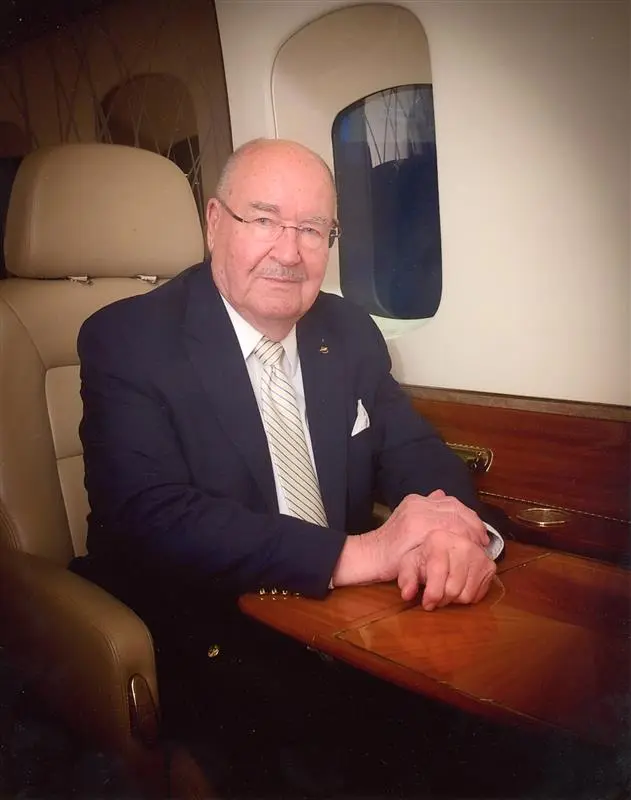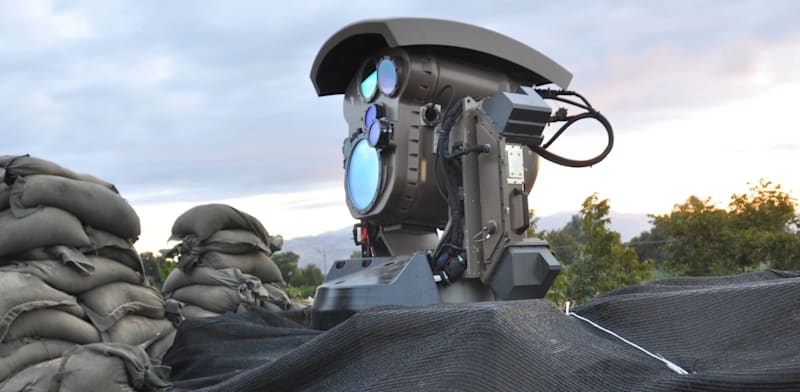
Sergei I. Sikorsky, the son of famous aviator Igor Sikorsky, has died, according to the Connecticut based company bearing that family name.
Sergei I. Sikorsky was 100.
“A proud military veteran, Sergei served our country during World War II, in the United States Coast Guard, assigned to the Helicopter Development Unit,” Sikorsky, a Lockheed Martin company, said in a statement Saturday.
Those at the company are “saddened to learn of the passing,” the statement said.
Born in Ukraine in 1889, Igor Sikorsky settled in Stratford and revolutionized aviation by developing the first successful helicopter in the U.S. He also founded Sikorsky Aircraft Corporation, the prominent business in Connecticut.
“The entire team – past and present – at Sikorsky and Lockheed Martin mourn the passing of a remarkable man, a link to the golden age of aviation who meant so much to the success of our business,” said Rich Benton, Sikorsky vice president and general manager. “Sergei will be greatly missed.”
CT federal lawmakers cheer $480 million in four contracts awarded to Sikorsky
The company also released a video tribute that it said “commemorates the amazing life and times of Sergei I. Sikorsky, a remarkable man who meant so much to aviation history, the Sikorsky business, its employees and the greater Stratford, Connecticut, community. The remarkable impact of the Sikorsky family spans generations, touching every current and former employee, engineer and technician, the places we live and work and the countless lives saved by the helicopter.”
The company noted Sergei Sikorsky has a “distinguished 41-year career” with the company, beginning in 1951 in international marketing and sales. and “played a significant role in the company’s growth into one of the world’s leading helicopter manufacturers and the expansion of rotary aircraft around the world.”
Sergei Sikorsky returned to the United States in 1976 “at the dawn of the Black Hawk era to become division vice president in Stratford, overseeing the company’s co-production programs,” and then served in marketing and special project roles until retiring in 1992, according to the company.
“Even in retirement, Sergei remained active with the company, serving as a goodwill ambassador at major trade shows and other events where he would sign autographs, speak about his family’s legacy and highlight an immeasurable passion for the helicopter and its promise to save lives around the world.”
The company noted the aircraft hangar at its Stratford facility was dedicated as the “Sergei I. Sikorsky Flight Center” in 2019 and he called it his life’s “single greatest honor.”
Sergei Sikorsky, who then had recently retired as a Sikorsky Aircraft vice president but still lived in Stratford, spoke to the Courant in 1993 about a plan to rename the airport that carried his family name. He said then he hadn’t been consulted about the proposed airport name change.
“The name Sikorsky is a name that’s internationally recognized,” he said. “It would seem to be telling me volumes about the mentality of the Bridgeport and Stratford communities if they want to take that name away from the airport.”
Sergei Sikorsky said at the time that he favored expanding the airport by lengthening the runways to accommodate larger aircraft. Without such an expansion, he said, the region won’t attract major businesses and the airport won’t be worthy of his father’s name.
The airport, which actually is in Stratford, is now known as the Bridgeport-Sikorsky Airport.
In 2003, the Courant wrote about Connecticut’s aviation pioneers, noting that, By 1939, when (Igor) Sikorsky got corporate approval to build and test the VS-300 prototype at his plant in Stratford, inventors in France and Germany had already made successful flights with rotor-powered aircraft.
“This dream of a helicopter in every back yard … was shared by a great many aviation professionals toward the end of World War II,” said Sergei Sikorsky, eldest son of the late inventor and a pilot, himself, said at the time. “All of these people, and obviously Dad, thought that the helicopter would have a tremendous postwar potential for personal use. It did not turn out that way.”
Instead, helicopters have proved vital for search-and-rescue efforts, emergency medical response and military troop transport. They have changed the world, while never quite landing in the garage of the average suburbanite. But by inventing America’s first practical helicopter and moving it into mass production, the Russian immigrant and aeronautical genius realized a boyhood dream.



